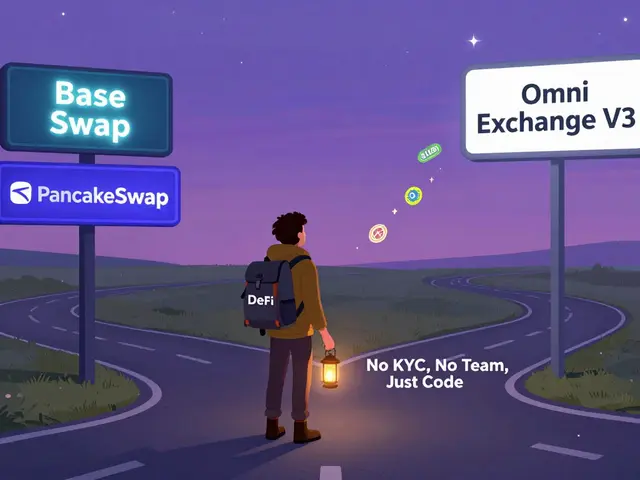Hoo Fees – What You Need to Know
When dealing with Hoo fees, the set of charges applied by the Hoo crypto exchange for trades, withdrawals, and other services. Also known as Hoo exchange fee schedule, it determines how much of your crypto you actually keep after each transaction.
The core of any exchange cost is the trading fees, the percentage taken from each buy or sell order. Hoo uses a classic maker‑taker model, where makers add liquidity and pay a lower rate, while takers remove liquidity and pay a higher rate. This model influences the overall cost for active traders and casual users alike.
Withdrawal Fees and How They Add Up
Beyond trades, withdrawal fees, the flat or percentage charge for moving assets off the platform are a key piece of the Hoo fee puzzle. Each blockchain has its own network cost, and Hoo adds a small margin to cover processing. If you move high‑value tokens frequently, these fees can erode profit, so understanding the exact amount for each coin is crucial.
Hoo also offers fee tiers, a structure that lowers rates as your 30‑day trading volume rises. The tier system encourages larger traders by rewarding them with reduced maker‑taker percentages and lower withdrawal costs. Tier thresholds are transparent on the platform, letting users plan their activity to hit the next level.
All these elements—trading fees, maker‑taker splits, withdrawal charges, and tiered discounts—form the complete Hoo fees landscape. Knowing each piece helps you calculate the true cost of a trade before you hit “confirm.” For example, a 0.1% maker fee combined with a $0.0005 BTC withdrawal fee looks cheap until you multiply it by hundreds of trades per day.
Another factor that often surprises users is the deposit fee policy, most deposits are free, but certain tokens may carry a small network fee. While Hoo advertises “no deposit fees,” the underlying blockchain still incurs a cost that the user indirectly absorbs. This subtle detail affects the overall fee perception.
Hoo also provides fee‑rebate programs for users who hold its native token. Holding HOO can grant you additional discounts on both maker‑taker rates and withdrawal fees, effectively reducing your out‑of‑pocket cost. This incentive ties the fee structure to token utility, creating a feedback loop where more HOO holders lead to a more competitive fee environment.
By now you should see how Hoo fees connect trading activity, volume, token holdings, and network costs into a single pricing model. The next section of this page lists articles that dive deeper into each component—step‑by‑step guides, fee comparison tables, and real‑world examples that show how to minimize your expenses on Hoo.
Hoo Crypto Exchange Review 2025: Features, Fees, Security & Verdict
An in‑depth 2025 review of Hoo Crypto Exchange covering features, fees, security, regulation, pros and cons, plus a comparison with Binance and Coinbase.





